Overspending and Underprotection
 by Daniel Alphonsus, ISAS South Asia Scan, National University of Singapore, November 18, 2021
by Daniel Alphonsus, ISAS South Asia Scan, National University of Singapore, November 18, 2021
Sri Lanka’s Post-War Defence Budget
Sri Lanka’s internal and external security environments have changed considerably in the last decade. Internally, a three-decade long civil war ended, but the country experienced the first wounds of Islamic terrorism – the Easter bombings. On the external front, as the unipolar world order’s zenith passed and its centre of gravity shifted towards Asia, Sri Lanka has become one of the foci of great power attention. However, despite this flux, there have been no major changes to the size or composition of Sri Lanka’s defence budget.
This South Asia Scan conducts the first-ever systematic review of Sri Lanka’s defence budget. The key findings are that Sri Lanka spends too much on defence and spends its defence budget inefficiently. The diagnostic and scenario-based methods used in this analysis estimate that Sri Lanka could enjoy a paradigm improvement in the level and quality of its security while bringing down its defence expenditure to below 1.5 per cent of its gross domestic product. This study also briefly discusses potential positive externalities arising from more rational spending, and offers an overview of its national security threats, problems with defence planning and recommendations for their resolution.
From Daniel Alphonsus, Nitter, Dec.12, 2021
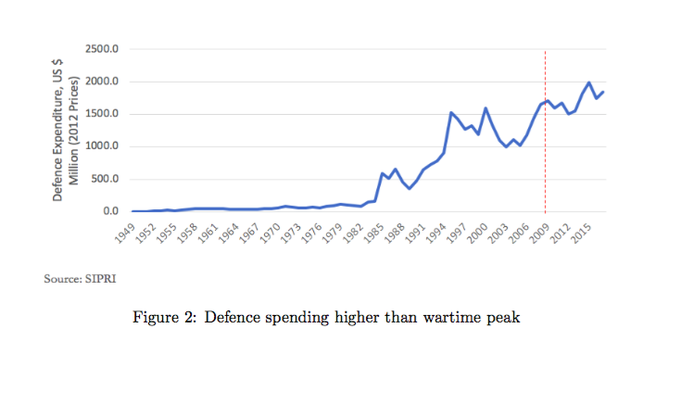
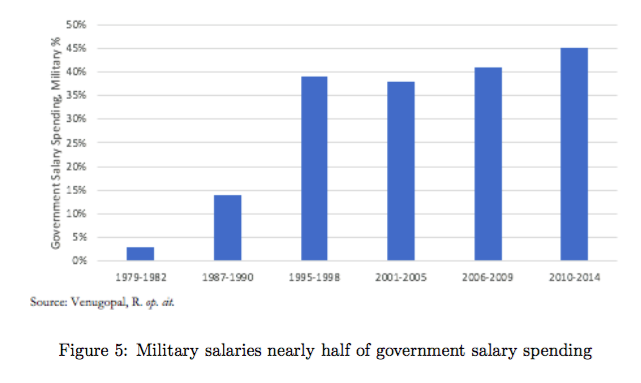
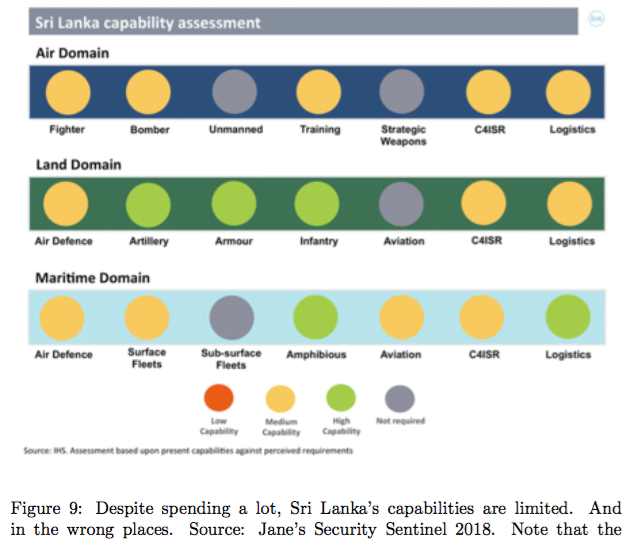
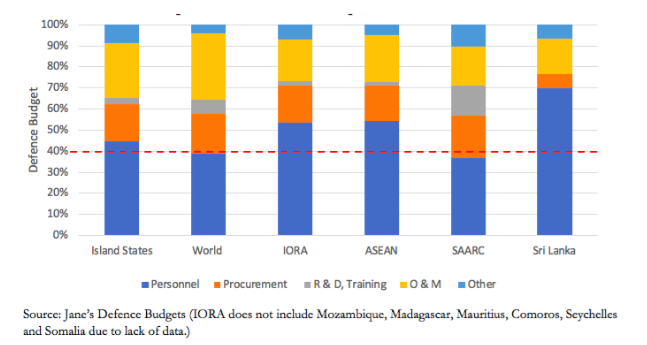
This is because we didn’t demobilise after the war, unlike the US after World War II.
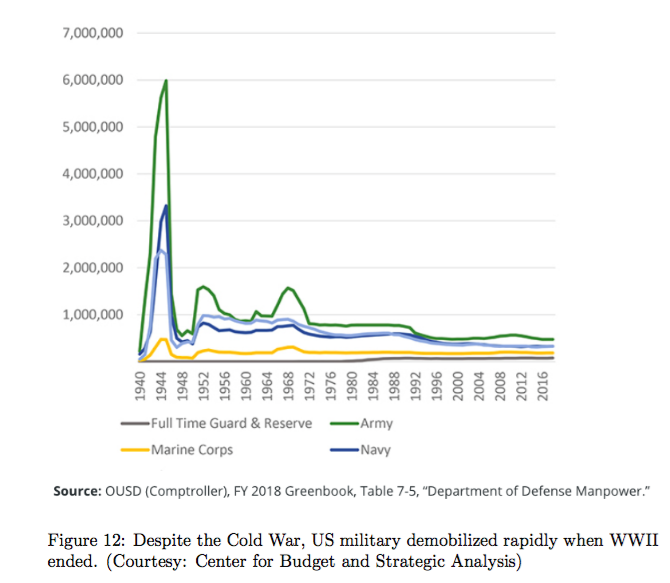
I very much appreciate this information provided by Daniel, on Sri Lanka’s postwar defence budget. If only he had provided the ethnic percentage of personnel employed by the SL army, navy and airforce personnel, then it becomes more vital, to comprehend the Sinhalese-Tamil ethnic conflict, and why Fig.5 becomes more relevant to the current Sinhala-majority government.